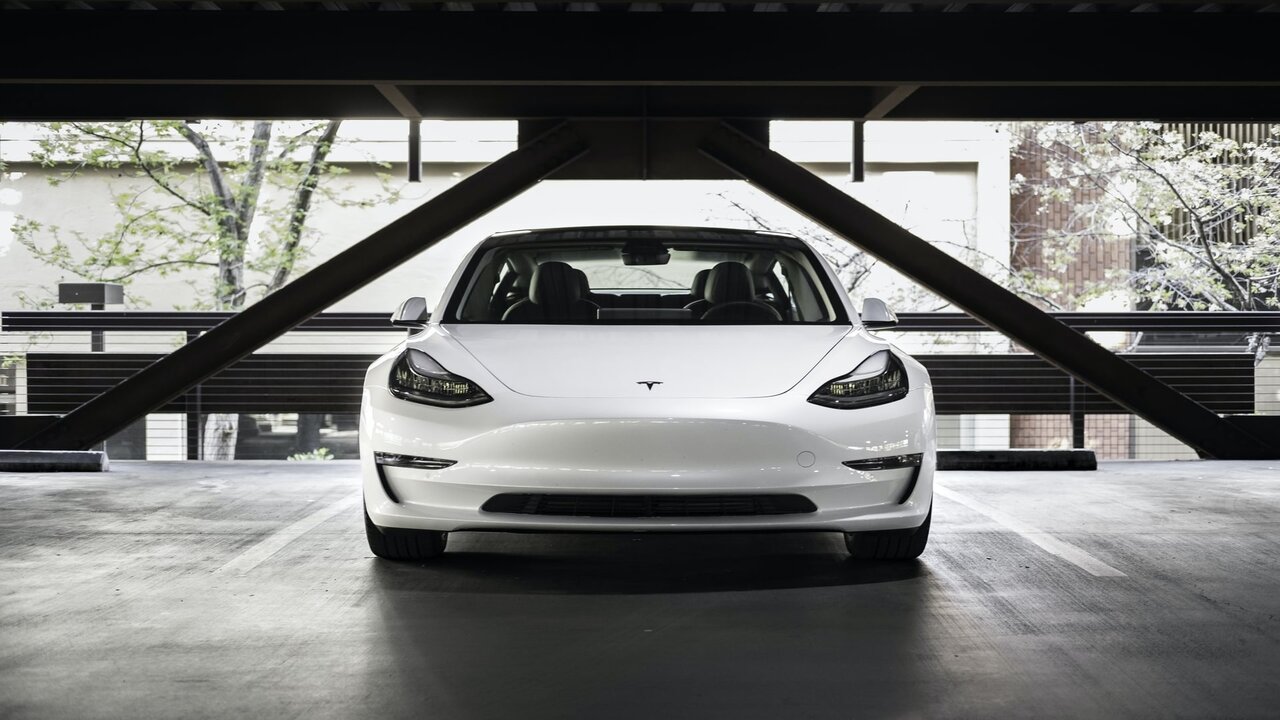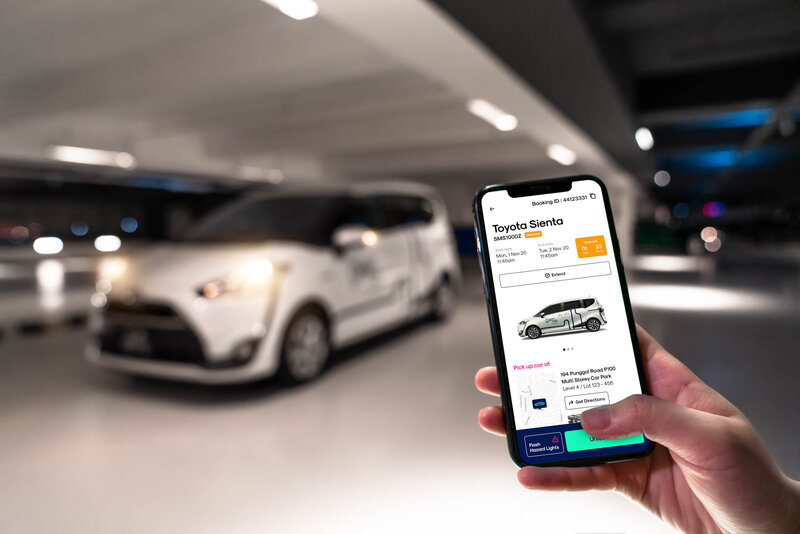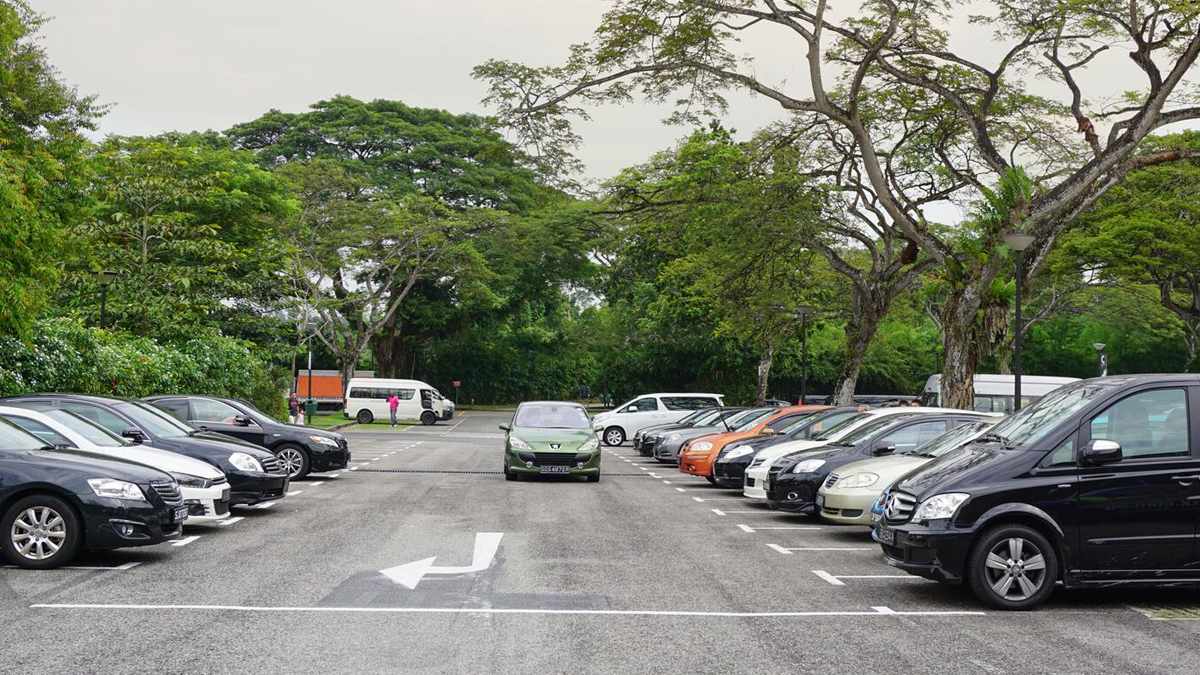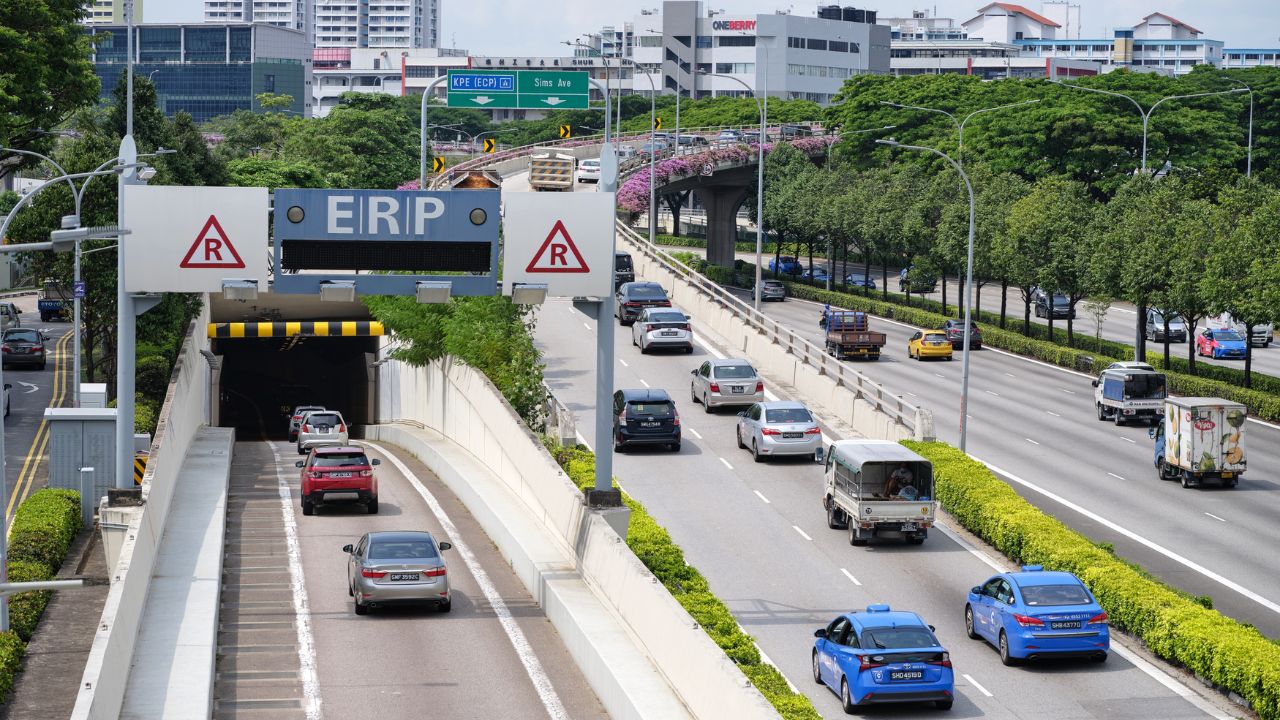Here’s what you need to know about driving an electric vehicle in Singapore
25/01/2022
4.7 min read

Feature image credits: iSwitch
Electric vehicles (EV) are no strangers to Singaporeans. While still not mainstream, the local EV population is gradually increasing as more car owners make the switch from fuel to clean technology. This promising growth is in perfect sync with the government’s commitment to phase out internal combustion engines (i.e. vehicles that run on petrol or diesel) by 2040.
So, what’s in an EV and why is there so much talk about it? Let’s dive a little deeper.
01 • What’s an EV?
EVs or electric vehicles mean exactly what they read — they’re cars that either run partially or fully on electricity. There are three main types of EVs classified by their engine types:
Battery EV
This is what we mean when we say fully electric cars. Battery EVs are powered by an electric motor that needs to be charged through an external source which is what we call an EV charging station.
Plug-in Hybrid EV
Plug-in hybrid EVs or PHEVs are equipped with both an electric motor and an internal combustion engine (ICE) so that they don’t rely solely on electric power. The electric motor is charged by an external source, similar to the Battery EV.
Hybrid EV
Like PHEVs, Hybrid EVs are also powered by both an electric motor and an ICE but the difference is, the electric motor is recharged through regenerative braking instead of an external source.
02 • EV or traditional fuel vehicle: Which is the better option?
There are many benefits that come along with driving an EV, whether it’s a Battery EV, PHEV or Hybrid EV. For starters, an EV will help you save up on fuel cost because they predominantly run on electric power. Recharging an EV doesn’t cost as much as refuelling a petrol or diesel-powered vehicle.
Generally speaking, EVs also have about 100 times fewer parts than traditional cars, so they require much less servicing and maintenance. This is especially true for Battery EVs as they run fully on electric power.
03 • Where to charge EVs and how far can you drive a fully charged EV?

(Photo: The Star)
Range is one of the first things we’d want to know about before driving an EV. In a country like Singapore where over 80 percent of us live in HDB flats, public charging networks need to be at their absolute A-game if we were to truly push EVs to the mainstream.
At present, there are only about 1,600 charging stations across the island, but this number is expected to grow by leaps and bounds to 60,000 by 2030.
A Battery EV when fully charged can take you as far as or even more than 342 kilometres which is about the average distance a Singaporean travels every week. Of course, an EV’s range depends on the aircon usage as well. Hybrid vehicles on the other hand can go even further.
Another concern that’s tied with driving an EV is the charging time. Most EVs can take about 30 minutes to charge before you can do another 100km, so it’s not unusual to see people head for supper or stock up on groceries while their car charges.
EVs may not be 100% green but they’re still much cleaner
When we think EV, we think green. While how our electricity is generated plays a huge role in how clean EVs are, they’re still known to produce far less harmful emissions and noise compared to their traditional counterparts — so they’re no doubt an effective alternative in a world that’s riddled by climate change.
04 • EV rebates
Many people think that owning an EV can burn a hole in their pocket, so we thought we should debunk this myth. Did you know that you’ll be able to save up to $45,000 when you buy a qualifying EV in Singapore, thanks to the Vehicular Emissions Scheme (VES) and the EV Early Adoption Initiative (EEAI)?
And that’s not all. The Additional Registration Fee (ARF) for some cars is also down from $5,000 to zero from this year onwards.
But after all that’s said and done, EV ownership, like owning any other vehicle, can weigh down heavily on your finances. That’s because despite rebates, you’ll still need to fork out money for car insurance, road tax and the ever-increasing COE prices among other pesky costs.
Good news: You no longer need to buy an EV to experience it
Here’s the good news: car ownership isn’t the only way you can drive an EV. With carsharing options becoming more and more accessible these days, getting the full EV experience is no longer tied to huge financial commitments. You’ll need not worry about things like COE, insurance or even fuel.
At GetGo, all you have to do is pay for what you use and we’ll take care of the rest.
EV or fuel, there’s something for everyone

Our top priority is to put the freedom to drive in everyone’s hands. So, whether an EV like the Hyundai IONIQ Electric or the MG ZS Electric sounds right up your alley or you’d rather stick with a traditional fuel vehicle, there’s a large variety of cars for you to choose from.
Itching to take a car out for a spin? Download GetGo now to rent a car from $3/hour and use code G50BLOG to enjoy 50% off (capped at $8) your first drive.
* Code is only valid for the first booking. Other T&Cs apply.
To an electrifying drive!
Luna 😊
Trending articles
5
What's New

loop on our
latest updates,
promos, and weekly news.
The GetGo Blog
Get our latest updates,
promotions and weekly news.













